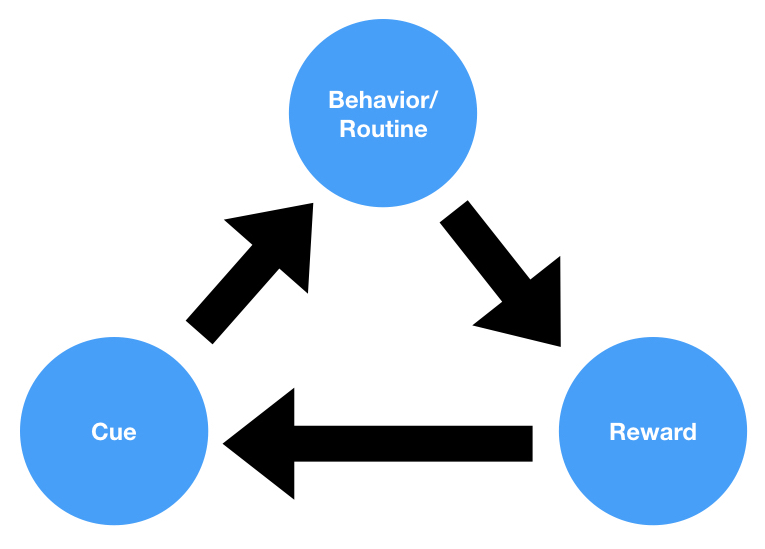Pavlovian
The term ‘Pavlovian’ comes from the name of the Russian physiologist, Ivan Pavlov, and refers to the study of learning and conditioning as seen in Pavlov’s famous experiment with dogs. Also known as ‘classical conditioning’, the Pavlovian concept is a learning process through which an innate response to a potent stimulus comes to be elicited in response to a previously neutral stimulus; this is achieved by repeated pairing of the neutral stimulus and the potent stimulus.
Key Concepts
-
Unconditioned Stimulus (US)
This refers to a stimulus that naturally and automatically triggers a response without any learning needed. In Pavlov’s experiment, food was the unconditioned stimulus as it naturally triggered salivation in dogs.
-
Unconditioned Response (UR)
An unconditioned response is an automatic reaction to an unconditioned stimulus. It occurs naturally and needs no training. In Pavlov’s experiment, the dogs’ salivation in response to the food was the unconditioned response.
-
Conditioned Stimulus (CS)
The conditioned stimulus was originally a neutral stimulus that, after being repeatedly associated with the unconditioned stimulus, comes to trigger a conditioned response. In Pavlov’s experiment, the sound of a bell became the conditioned stimulus after being repeatedly paired with the food.
-
Conditioned Response (CR)
A conditioned response is the learned response to the previously neutral stimulus. In Pavlov’s experiment, the dogs’ salivation in response to the bell sound (after conditioning) represented the conditioned response.
Applications and Implications
Classical or Pavlovian conditioning has been used to explain a wide range of phenomena, including aspects of human and animal behavior. The basic principles of Pavlovian conditioning have been applied in many therapeutic techniques in the field of psychology, such as aversion therapy and systematic desensitization for treating phobias. They are also key to understanding various cognitive processes and behaviors, such as emotional responses, addictions, and habituation.
Related Terms
-
Operant Conditioning
While Pavlovian conditioning is about associating two stimuli, operant conditioning involves learning through the consequences of behavioral responses. This concept was developed by B.F. Skinner and emphasizes the impact of rewards and punishments on behavior.
-
Extinction
In the context of Pavlovian conditioning, extinction refers to the decrease and eventual disappearance of the conditioned response when the conditioned stimulus is repeatedly presented without the unconditioned stimulus. For instance, if Pavlov’s dogs heard the bell many times without receiving food, they would eventually stop salivating at the sound of the bell.
-
Spontaneous Recovery
This refers to the reappearance of a previously extinguished conditioned response after a period of rest. For example, even after extinction, Pavlov’s dogs might have started salivating to the bell sound if tested again after some time had passed.




